Two former ecclesiastical residences for sale
Penny Churchill looks at two historical former ecclesiastical residences currently on the market.
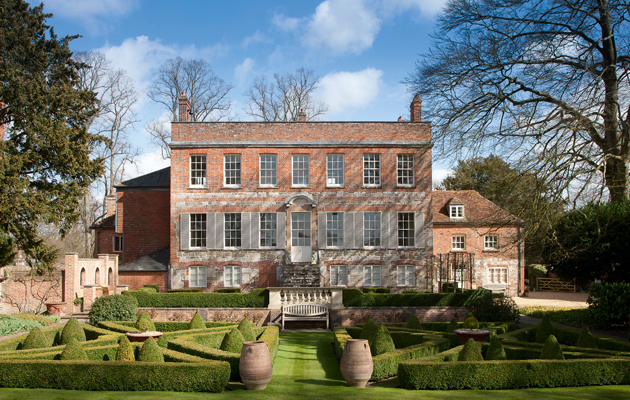

Set within a sweep of the Hampshire Avon, Salisbury’s famous Cathedral Close is bounded on the other three sides by ancient walls of Chilmark stone. At 80 acres—eight of which are lawn—it is the largest close in Britain and showcases an eclectic mix of architectural styles from the 13th to the 20th centuries. Originally created for the canons of the cathedral, its buildings have been remodelled over the years to form an august collection of museums, religious and educational institutions and a much-coveted collection of historic private houses.
Next week’s Country Life will see the official launch onto the market of the exquisite, Grade I-listed The Walton Canonry in tranquil West Walk at the southern end of the Close, at a guide price of £6.95 million through Savills (020–7409 8885). Built in 1720 of rose- coloured brick and stone on the site of a medieval canonry mentioned in documents dating from 1313, the early-18th-century canonry is a classic example of early-Georgian architecture, comprising a central block with wings added between 1750 and 1785.
The house bears the name of Canon Isaac Walton, the last inhabitant of the earlier medieval building, and the son of the renowned fisherman and writer, Isaak Walton, whose seminal work, The Compleat Angler, was first published in 1653.
The Close has long been a magnet for artists and writers. John Constable was a regular visitor and painted his famous views of Salisbury Cathedral from the meadows to the west of The Walton Canonry. The prolific 20th- century artist Rex Whistler leased the Canonry—sometimes referred to as the Whistler House—from 1938 until his death in 1944, when he was killed in Normandy on his first day of action as a tank commander with the Welsh Guards.
More recently, the writer Leslie Thomas—probably best known for his novel The Virgin Solders—who bought the lease of The Walton Canonry for £350,000 in 1988, recalled his experience in an interview in the Sunday Times: ‘When I saw that exquisite Georgian façade and its long, green garden floating down to the River Avon, I didn’t hesitate to put in an offer. Not that moving to a cathedral close is a straightforward business. I had to apply through my solicitor to the lease owners, the Dean and Chapter, who then vetted me. I was, apparently, “eminently suitable”, but I’m pretty sure they were referring to my willingness to spend money on renovating the building, not my saintliness.’
This time round, however, prospective purchasers of the Canonry need not worry about being investigated by the ecclesiastical ‘powers that be’. The house, gardens and grounds are for sale freehold, although the garaging and some outbuildings are held on a 999-year lease from April 2007.
Protected from West Walk by a wall and cast-iron electric gates, the Canonry enjoys spectacular views from the front towards the cathedral and, from the rear, over the gardens towards the river and Constable’s water-meadows.
Sign up for the Country Life Newsletter
Exquisite houses, the beauty of Nature, and how to get the most from your life, straight to your inbox.
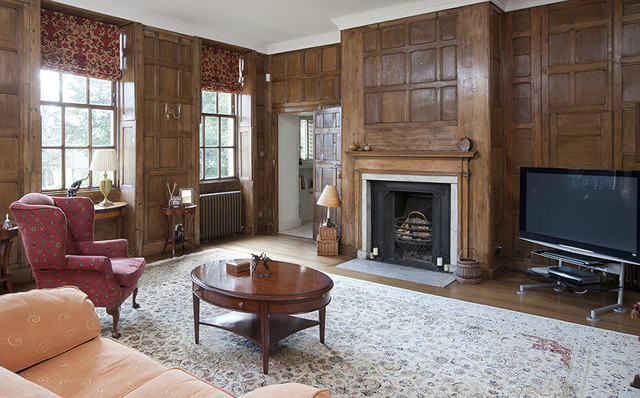
The house, which has been the subject of an inspirational programme of modernisation and renovation in recent years, has some 7,530sq ft of elegant living space, the whole awash with natural light. A flight of stone steps leads to the raised ground floor of the central, slightly older part of the building and the front entrance hall, off which are arranged the three inter-connecting main reception rooms—the drawing room, the dining room and the wood-panelled family room. Beyond the latter, in the south wing, a vast, well-appointed kitchen boasts an open-plan breakfast area with views of the Close and the garden. All five first-floor bedroom suites have views of either the Close or the garden.
Additional ground-floor accommodation includes a library, a media room, an office and a wine cellar. Meanwhile, the north wing, which has its own entrance hall, can be used as an overflow for the main house or as a separate apartment, which could be rented out.
Reflecting on the many charms of this dreamy house with its clear international appeal, selling agent Ed Sugden muses: ‘Where else could you find a country house with country views in the heart of a cathedral city?’ Where else, indeed?
Another important building with even older monastic origins is Grade II*-listed The Cloisters, in the Thames-side village of Hurley, Berkshire, which will be launched on the market shortly—through Hamptons in Beacons- field (01494 685140) and Knight Frank in Henley-on-Thames (01491 844900)—at a guide price of £4m. The house stands at the extreme northern end of the high street (unusually, for a Thames-side village, a no-through road) in the heart of medieval Hurley, yet enjoys privacy and seclusion within its three-acre site on the southern bank of the river, four miles from Marlow and five miles or so from Maidenhead mainline station.
The Cloisters and its neighbour, The Refectory, were originally part of a priory founded in 1086 by Baron Geoffrey de Mandeville for a cell of monks from the Benedictine Abbey at Westminster. The Priory was the centre of village life for 450 years until its suppression in 1536, after which the monastic estates passed to John Lovelace and the family became Lords of the Manor. Various archaeological investigations carried out on site reveal that The Cloisters was built in the 12th century, but also comprises significant 14th-, 16th-, 19th- and 20th-century elements.
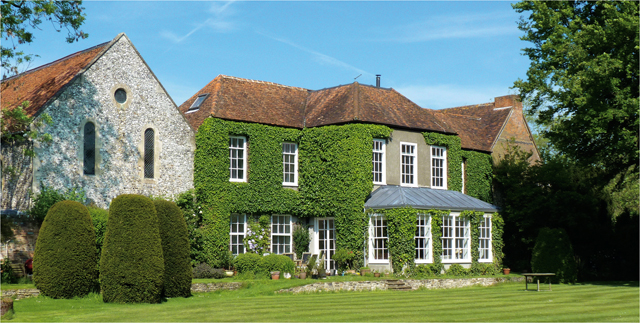
The Lovelaces built a mansion called Ladye Place (demolished in 1837 when it failed to attract a buyer) around the original foundations of the priory, on the southern edge of the present lawn. The original 20-acre monastic domain was still called Paradise until 1948, when it was divided into separate properties.
The front entrance to The Cloisters is approached through a stone archway that leads into the peaceful cloister garth. Reflecting the tranquillity that pervades the historic site, the house itself is relaxed and unpretentious, its accommodation comprising a staircase hall, four reception rooms, a former monks’ refectory now used as an impressive entertaining space, a first-floor sitting room, 5/6 bedrooms and three bathrooms.
The property stands on high ground overlooking the river, its grounds divided into two by an avenue of Irish yew that separates the gardens near the house from the meadows by the tennis court and the former monks’ fishpond. Paths lead towards a timber bridge over the moat, bordered by mellow Tudor walls that surround the western and northern end of the property. A doorway leads to the riverside gardens, with their frontage and mooring, and an octagonal summer house noted by Pevsner.
The gardens at The Cloisters have long been famous and were visited in April 1931 by Queen Mary, who watched a game of tennis here while seated on a stone bench still known as Queen Mary’s Seat.
-
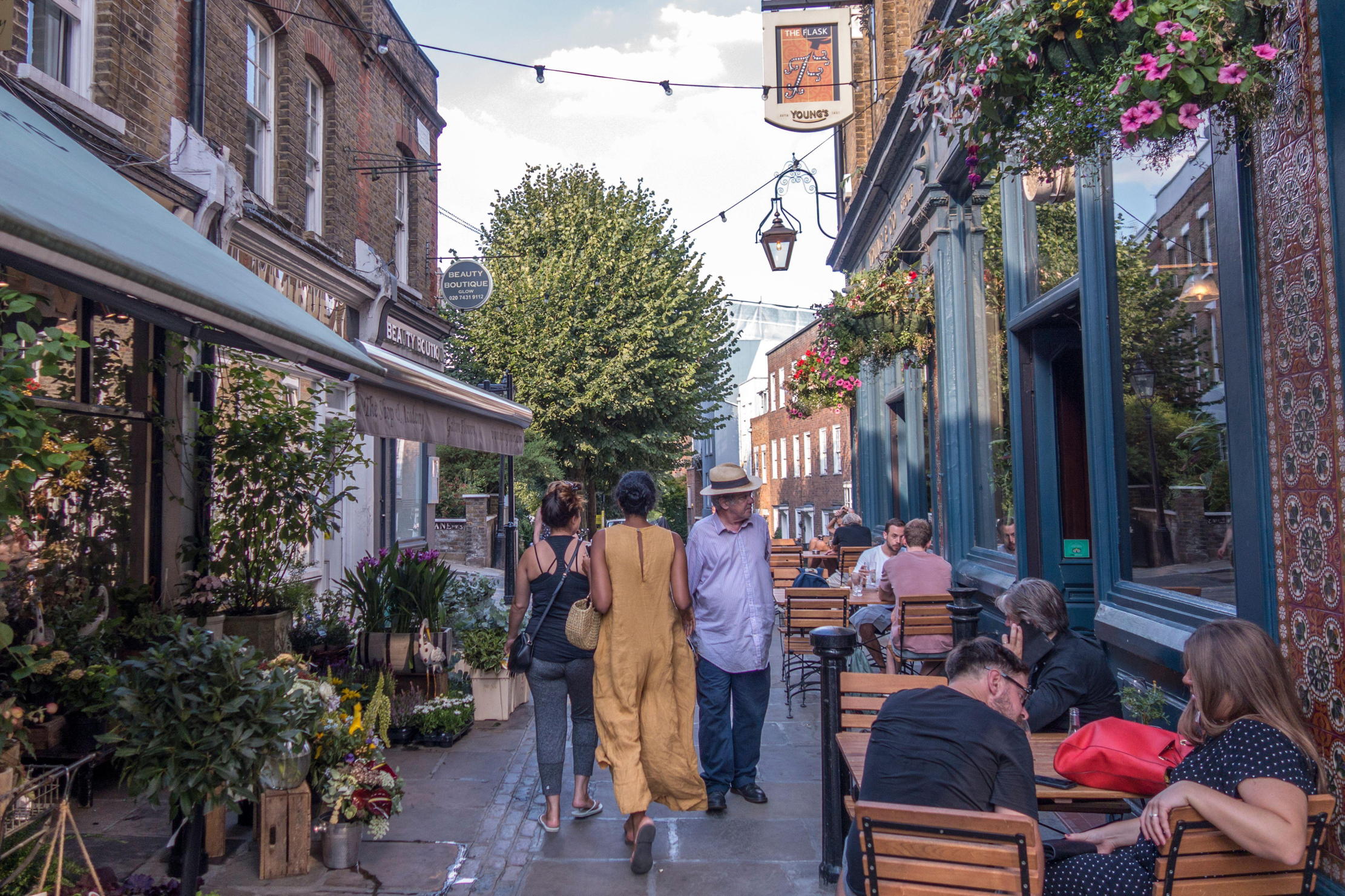 A day walking up and down the UK's most expensive street
A day walking up and down the UK's most expensive streetWinnington Road in Hampstead has an average house price of £11.9 million. But what's it really like?
By Lotte Brundle Published
-
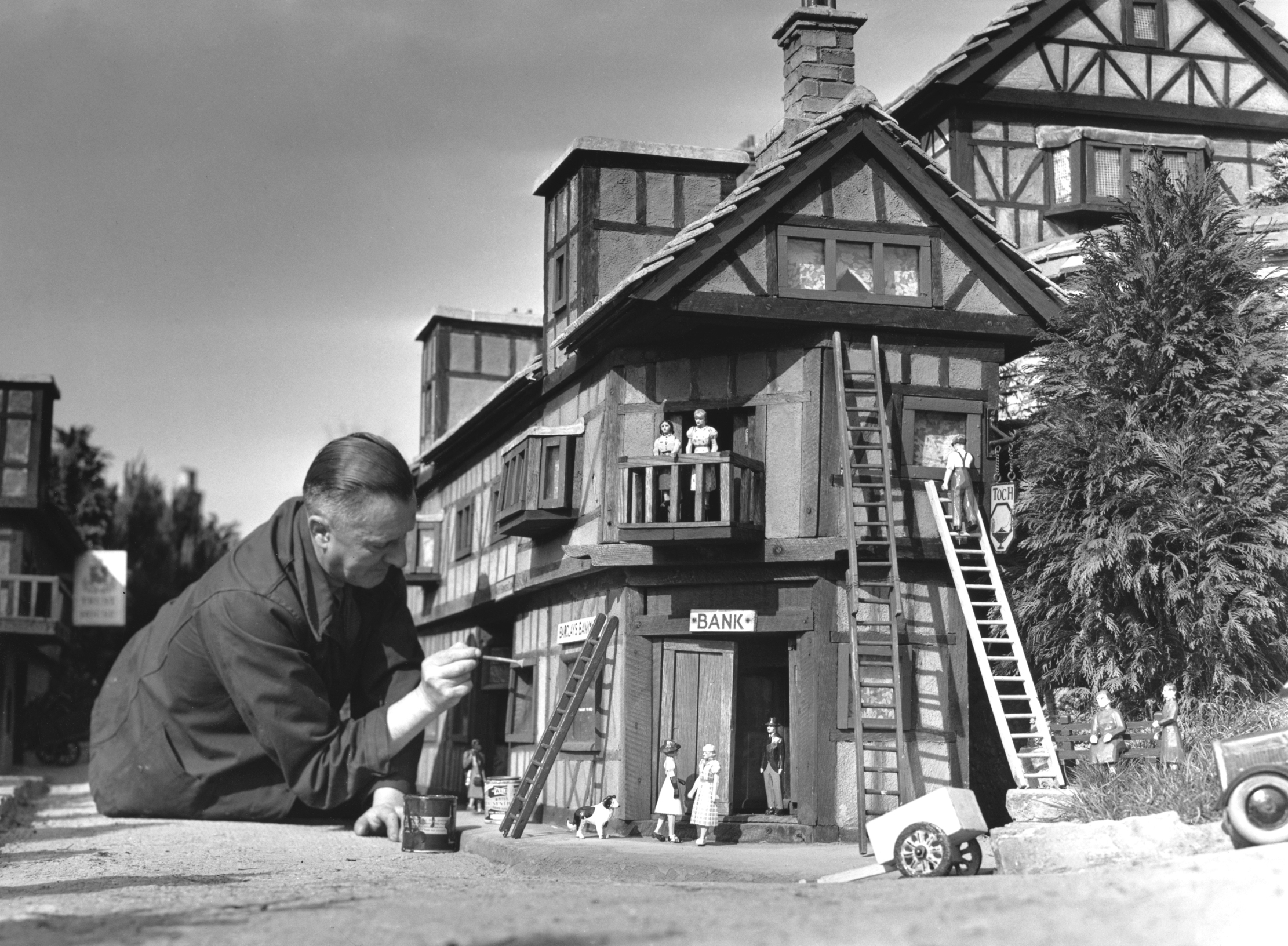 Life in miniature: the enduring charm of the model village
Life in miniature: the enduring charm of the model villageWhat is it about these small slices of arcadia that keep us so fascinated?
By Kirsten Tambling Published
